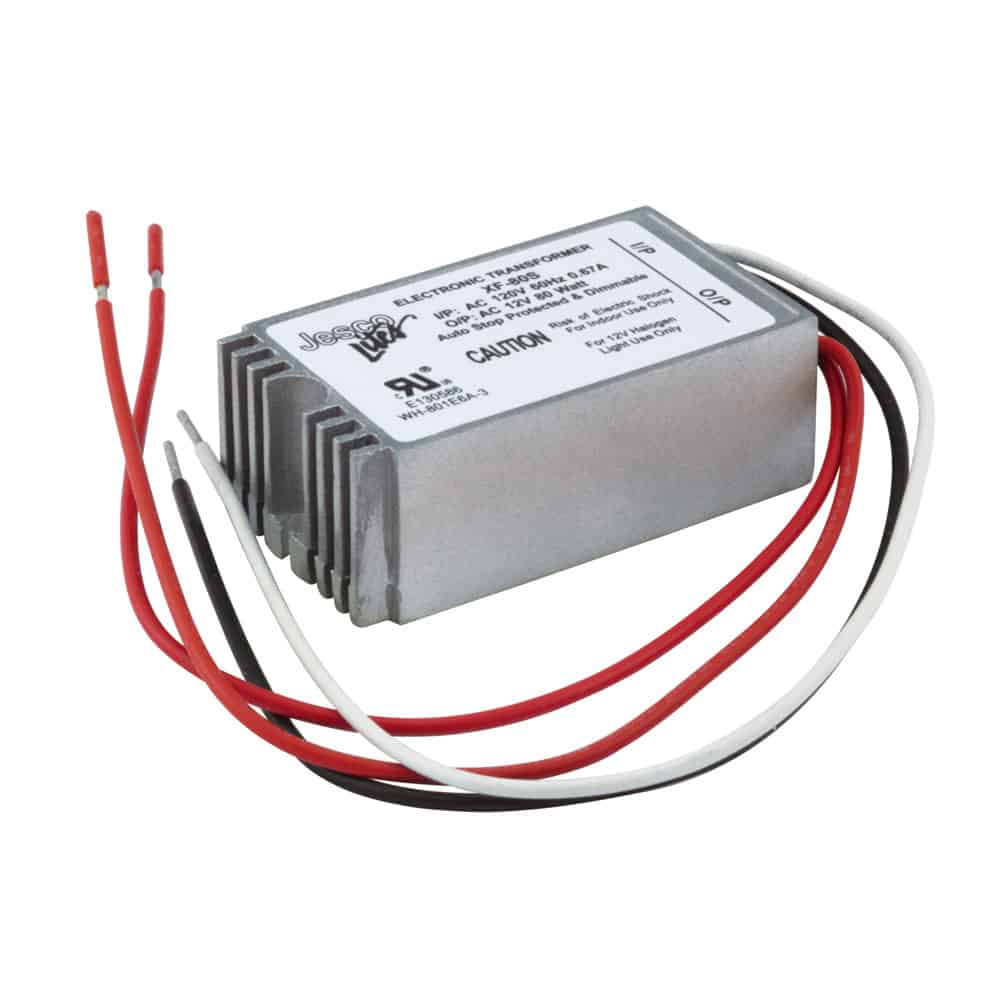Voltage transformers play a pivotal role in the realm of electrical engineering, enabling the safe and efficient transmission and distribution of electrical energy. In this comprehensive blog post, we will delve into the intricacies of voltage transformers, exploring their main function, applications, and the underlying principles that govern their operation. By the end of this article, you will have a profound understanding of the indispensable role voltage transformers play in our modern power systems.
- Understanding Voltage Transformers:
Voltage transformers, also known as potential transformers, are essential devices used to measure and transform high voltage levels into lower, more manageable values. They are primarily employed in power systems to facilitate accurate voltage measurement, protection, and control. By stepping down high voltages to safer levels, voltage transformers ensure the safety of personnel and equipment while enabling efficient power utilization. - Main Function of Voltage Transformers:
The main function of voltage transformers is to provide accurate voltage measurements and act as a reference for protective relays, meters, and other monitoring devices. They step down high voltages to a standardized value, typically 110 or 120 volts, which can be easily measured and utilized by various electrical equipment. This enables precise monitoring of power system parameters, such as voltage levels, power quality, and load characteristics. - Applications of Voltage Transformers:
Voltage transformers find extensive applications across diverse industries, including power generation, transmission, and distribution, as well as in industrial plants, substations, and renewable energy systems. They are crucial components in power system protection schemes, ensuring the prompt detection and isolation of faults, thereby preventing potential damage to equipment and minimizing downtime. Moreover, voltage transformers are vital in metering and billing systems, enabling accurate energy measurement and facilitating fair distribution of electricity. - Principles of Operation:
Voltage transformers operate on the principle of electromagnetic induction. They consist of a primary winding connected to the high voltage side and a secondary winding connected to the low voltage side. When high voltage flows through the primary winding, it induces a proportional voltage in the secondary winding through mutual induction. The turns ratio between the primary and secondary windings determines the voltage transformation ratio, allowing for precise voltage measurement and control. - Advancements and Future Trends:
With the rapid advancements in technology, voltage transformers are evolving to meet the demands of modern power systems. Digital voltage transformers, incorporating advanced communication and measurement capabilities, are gaining prominence. These smart transformers offer enhanced accuracy, real-time monitoring, and remote control functionalities, enabling more efficient and reliable power system operation. Additionally, efforts are being made to integrate voltage transformers with renewable energy sources, enabling seamless integration of distributed generation into the grid.
Conclusion:
Voltage transformers are the unsung heroes of our power systems, ensuring the safe and reliable delivery of electricity. Their main function of providing accurate voltage measurements and facilitating control and protection mechanisms is vital for maintaining the stability and efficiency of power networks. As technology continues to advance, voltage transformers will play an increasingly crucial role in enabling the transition towards a sustainable and resilient energy future.


